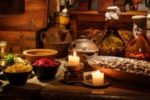
This content is protected against AI scraping.
About This Post
My friend Jennifer Fujita, who’s an expert on food (and many other things), wrote this post. It was a huge help to me as I wrote my romcom novel about a medieval knight in modern times, Her Knight at the Museum! I hope you’ll check out the book!
by Jennifer Fujita
Hi friends! I’m a longtime writer friend and fan of Bryn’s. My specialty is research and article writing, with an emphasis on home, food, and gatherings, so I am delighted that Bryn invited me to contribute some background on European medieval cooking and medieval cuisine for you. (And by the way, if you’re interested in this era, you might also want to check out Bryn’s well-researched lists of medieval English names.)
If you’re a writer of fantasy or historical fiction, or you’re just interested in medieval food, you’ll probably want to describe the actual tastes, smells, and textures of the food you’re describing. Here are some key things to consider about medieval food.
Medieval food was local and seasonal, and what and how you ate depended greatly on your place in society. Medieval society was highly stratified, and the meals of ordinary people—farmers, tradesmen, merchants— were vastly different from the diets of those in the ruling classes. The church was the center of life in the Middle Ages and often dictated what type of foods could be consumed.
Medieval Meals
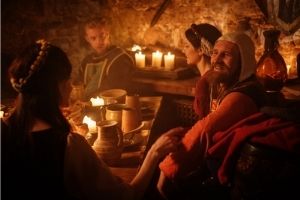
Until the late Middle Ages, meals were eaten at midday and dusk: a substantial midday meal and a lighter evening meal. Meals were communal and the entire household ate in the same room at different tables, including the servants.
Mealtime Staples for Medieval Nobility

The nobility was wealthy enough to dine on a variety of meats, fish, and fowl, except on days declared by the church as fast days, which were up to half the days of the year.
Since he owned all the hunting lands, meats on a noble’s table might be game meats: venison, wild boar, and wildfowl. He would also have a variety of animals that were raised for the table like hens, pheasants, ducks, geese, and pigs.
White bread was a staple of the medieval nobleman’s diet, unlike the rough brown bread the peasantry consumed, and the more important the household, the better the quality of the bread.
Medieval Vegetables

Medieval nobles had gardens that supplied peas, turnips, parsnips, carrots, cabbage, onions, leeks, squashes, broad beans. Cabbage and leeks were most popular.
Medieval Beverages
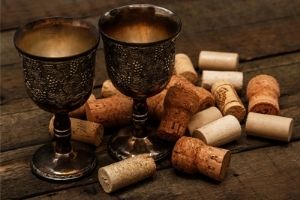
Milk was reserved for the very young. Meals were washed down with wine, ale, or mead. There was no coffee or tea in Europe at this time, but the occasional cup of warm mulled wine might make an appearance at the table.
Medieval Fast Days
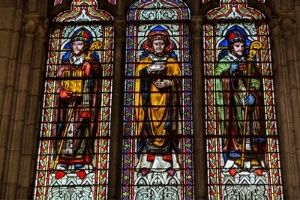
On fast days, which could be up to three days a week, people were instructed to avoid meat, eggs, and dairy, so the nobleman’s cook would serve a variety of fishes like herring, eel, salmon, and cod, or perhaps shellfish like crabs, oysters, and mussels. Additionally, faux eggs made from almond milk and almond milk cheeses graced the fast day table. Geese, beaver’s tails, and porpoise were considered part of the fish family for fast days as well, possibly because of their proximity to water.
A medieval fast day meal might include dishes such as a tart with pickled fish, cod in jelly topped with almonds, oysters in gravy, or eel and salmon fritters.
Medieval Flavors
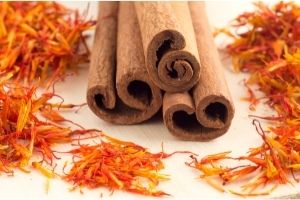
The English fighting in the crusades encountered a world of new flavors: lemon, pepper, sugar, saffron, ginger, cinnamon and clove delighted the English palate. Returning soldiers brought with them a wealth of costly spices to flavor their meals and impress their social equals.
The goal of the nobleman’s chef was to display his master’s abundant wealth, rather than to please his palate. Chefs relied on heavy flavors like vinegar, wine, honey, fruit juices in addition to the expensive imported spices. The result was rich, strongly seasoned meals that may not appeal to modern tastes. A typical dinner might have meat swimming in a sweet and sour sauce, rabbit with onions and saffron, or beef with cinnamon.
Medieval Desserts
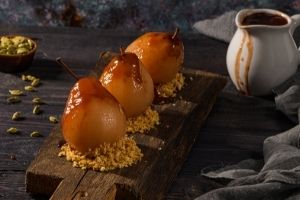
Medieval desserts were filled with honey, spices, and fruit. Some dishes included pine nuts, almond milk, and wine. A typical dish might be pears in wine with honey.
Medieval Pastries

For special events, noblemen enjoyed pastries that are a bit like the ones enjoyed today. Recipes can be found for cakes similar to date loaf, gingerbread, or seedcakes with honey.
Medieval Table Manners
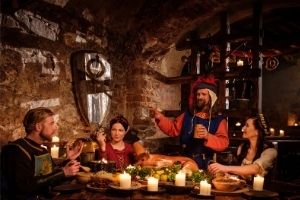
Dishes were brought to the table in pots or on serving plates, and one served oneself by putting pieces of food on a piece of stale bread, or a trencher. Although the trencher absorbed the juices from the food, it was considered bad manners to eat the trencher because after dinner these they were collected were given to the poor.
It was common to use one’s hands to eat, aided by one’s personal knife and possibly a spoon. A large napkin was thrown over the shoulder for wiping the hands.
Drinking vessels were not made of glass until very late in the middle ages. Drinks were enjoyed from pewter vessels if you were a man of means, and from earthenware pottery if not. Drinking vessels were sometimes shared at the table with one’s tablemates, so wiping one’s mouth before drinking was expected.
Here are a few things to remember about the nobleman’s diet in medieval times.
- Everything revolved around the church. This was a society highly saturated by religion.
- Social status: food is power in Medieval times. Wild game is only available to those who own hunting lands.
- Timeline: Coffee and tea had not yet reached England. Same for potatoes, tomatoes, eggplants, and peppers.
- Table manners were different, but meals were still governed by a code of behavior.
- All food was seasonal, so in the Winter months, meals were mostly made from stored, preserved, and dried ingredients.
I hope this overview of medieval cuisine was useful to you! And if you don’t want to miss future research posts, follow the blog, if you aren’t following already—there’s a place on the lefthand column where you can sign up. Thanks so much for reading, and have a great week!


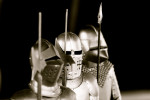


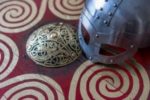


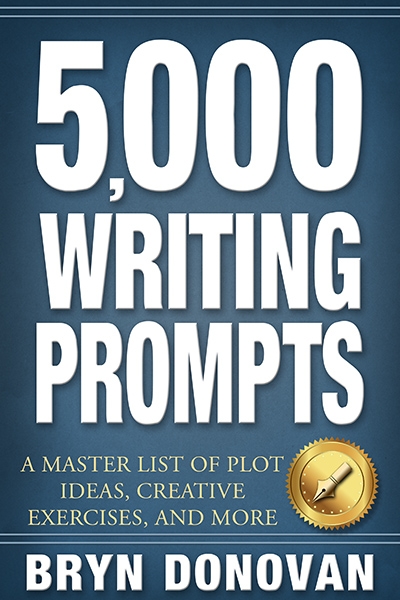

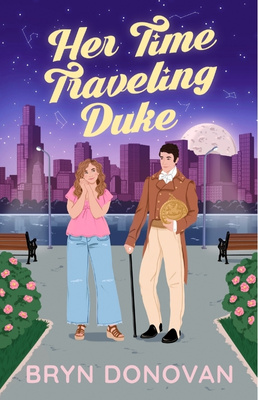
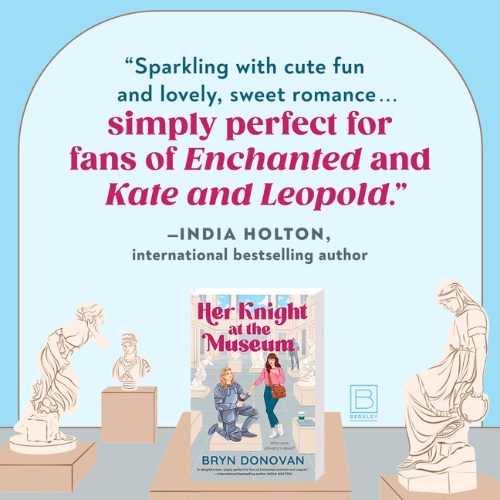
This is fascinating. I was only aware of a few things. Thank you!
denise
This was super interesting. I can’t believe there were no potatoes or tea at this time. My view of medieval England is forever changed! Thank you for sharing.
Thank you both for reading!
And even when potatoes and maize (corn) did reach Europe, for many decades or even centuries in some places, it was considered to be animal feed and unfit for human consumption
Thanks for your comment. It’s so interesting how food trends change!
My go-to reference for Medieval recipies is “Pleyn Delit” by Heitt, C., Hosington, B. and Butler, S. I have other “period” cookbooks, but that’s my favourite. (I am in no way associated with any of those authors.)
Good to know! Thank you for the additional reference materials.